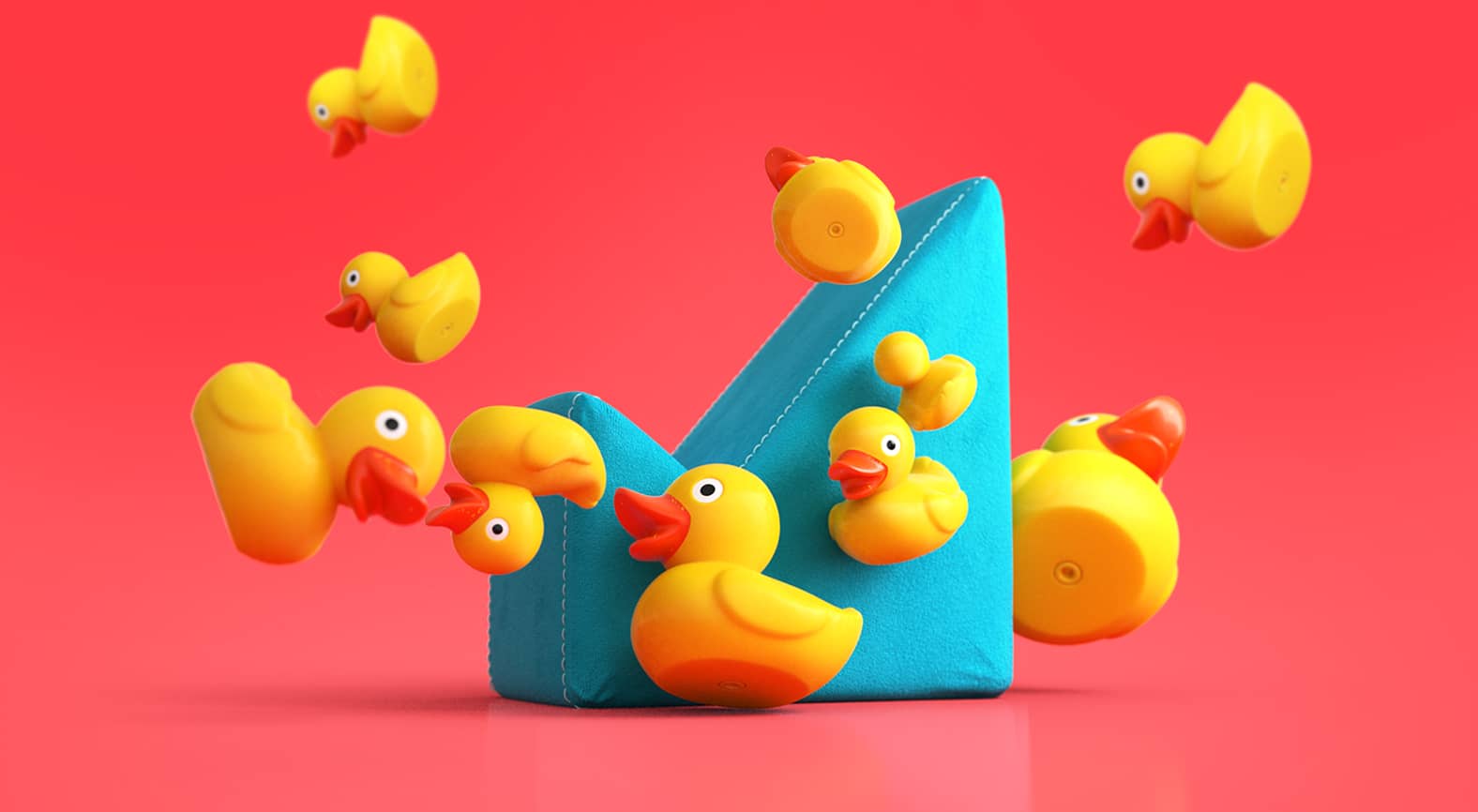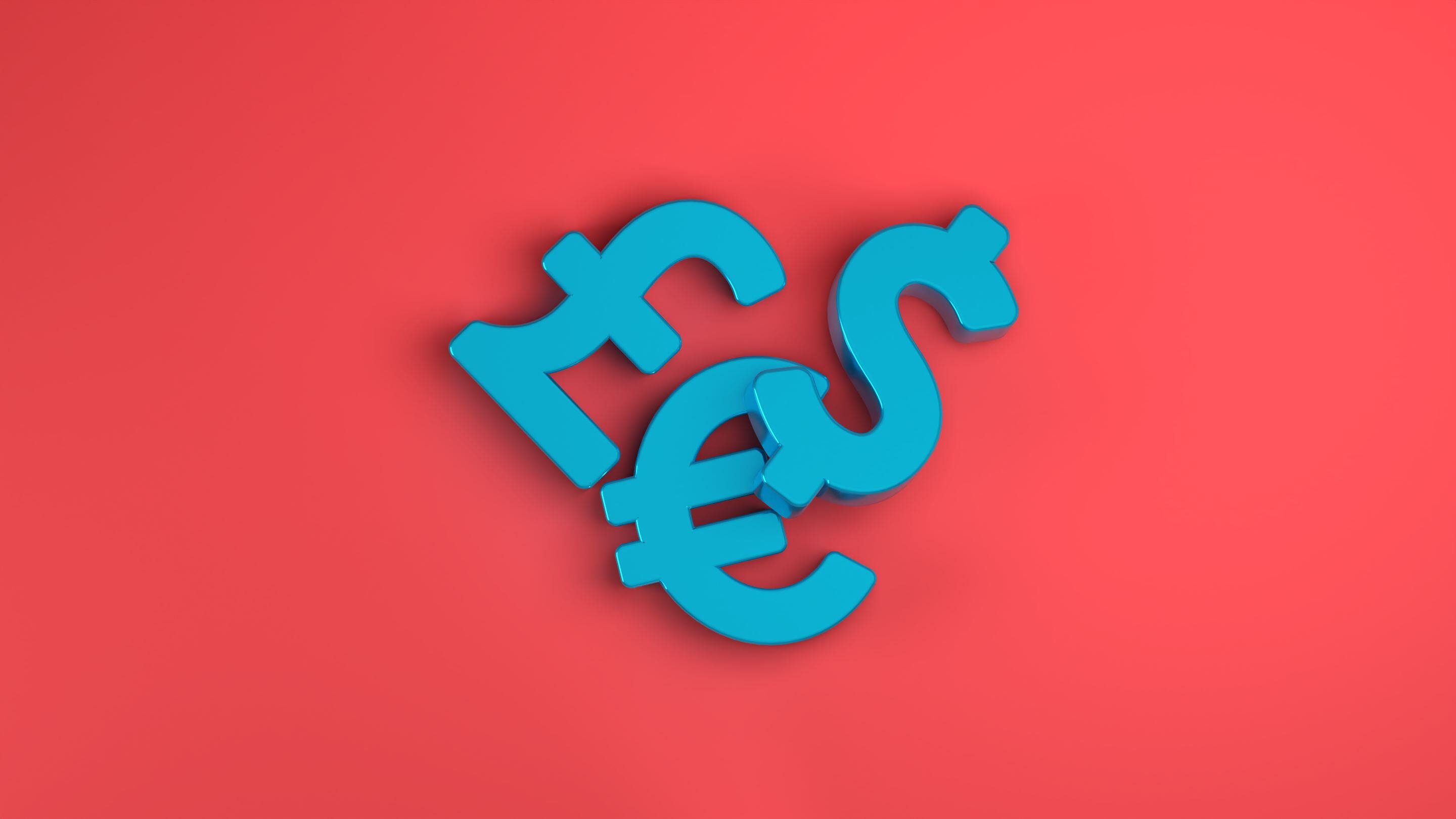The B2B buyer’s journey is changing.
The evolution of B2B business practice and changes in buying behaviour are converging to produce a new set of requirements for a B2B buyer’s journey that works more effectively for both the buyer and the seller.
In this series of 3 blogs, I am going to outline what is driving the change, what an improved buyer’s journey looks like and how you can make use of it. Whilst I will regularly refer to analyst sources, the approach I’ll describe was used in practice when I was working as CMO of a scaleup software company.
Perhaps the most obvious force acting on the buyer’s journey is the shift of focus to the buying team rather than the individual.
This has been driven by the adoption of account based marketing and an ABM-friendly Marketing funnel - the Demand Unit Waterfall. The focus on engaging as much of the buying team as possible, rather than a key individual, requires us to get comfortable with anonymity in the buying process and reduce reliance on buyer declaration. Instead we need to interpret multiple buying signals from across the buying team to gain a better understanding of the buying context.
For many Marketing organizations the buying signals being interpreted have moved beyond first party to include 3rd party intent data, and the interpretation includes the scoring of accounts rather than individuals in the lead management process.
Together these constitute a change so profound that Forrester analysts describe the current phase of B2B Marketing ‘The post lead era’. Whether you agree or not with that label, targeting buying teams as opposed to individuals and qualifying accounts rather than contacts is becoming common practice.
Another requirement that is readily apparent to many B2B Marketers is the need to eliminate friction across the buyer’s journey, a fundamental part of SaaS business thinking.
The SaaS principle of ‘low friction in, high friction out’ that is vital to build subscriptions and maximize renewals is undoubtedly gaining wider influence, with the practice of identifying and eliminating friction points becoming more common.
This B2B phenomenon is compounded by a B2C equivalent - higher buyer’s expectations, driven by buyer’s experiences as consumers and more millennial buyers in the buying process. Online B2C purchases have raised the bar substantially by creating intuitive, streamlined and personalized buying experience across the touchpoints of choice.
Less obvious to Marketers, but painfully apparent for buying teams, is the continued increase in the complexity and difficulty of purchasing. This was documented in some detail in Gartner’s Big Book of Buyer Behavior, published in 2020. The report contained research showing:
-
The average complex technology purchase involves between 14 and 23 people
-
74% of buyers rated buying efforts as “complex”
-
50% of buying team time was spent with independent third parties
-
27% of buyers surveyed achieved a high-quality deal
The term high quality deal needs expanding upon, and the report defines it as one that meets three conditions:
-
value achieved was as expected
-
the purchase is considered to be a premium solution
-
the ambitions for the project were not compromised
The same report concluded that the buyer’s journey is “less of a journey than a set of buying jobs that need to be completed” and that vendors need to “appeal to the buying team, not the individuals on it”.
This approach resonated with me when I first read the report as I had previously adopted a similar approach, based on the collective needs of the buying team. In my case the exercise was driven by the need to simply the process of capturing information at each stage of the buyer’s journey to get more input from the Sales and Product teams.
To achieve this, we ran workshops with the Sales and Product teams. We recorded which personas were present at each stage, but we did not the assign specific needs to them. The workshops were met with a surprising level of enthusiasm from the Sales team and it seemed far easier to capture the collective needs of the buying team than those of the individual personas. The Product team was even more enthusiastic and the result was that we captured a great deal of information.
It was definitely a lightbulb moment, and it is the results of these workshops that set on me on a path that resulted in the buyer’s journey I will describe in Part 2 of the series.





